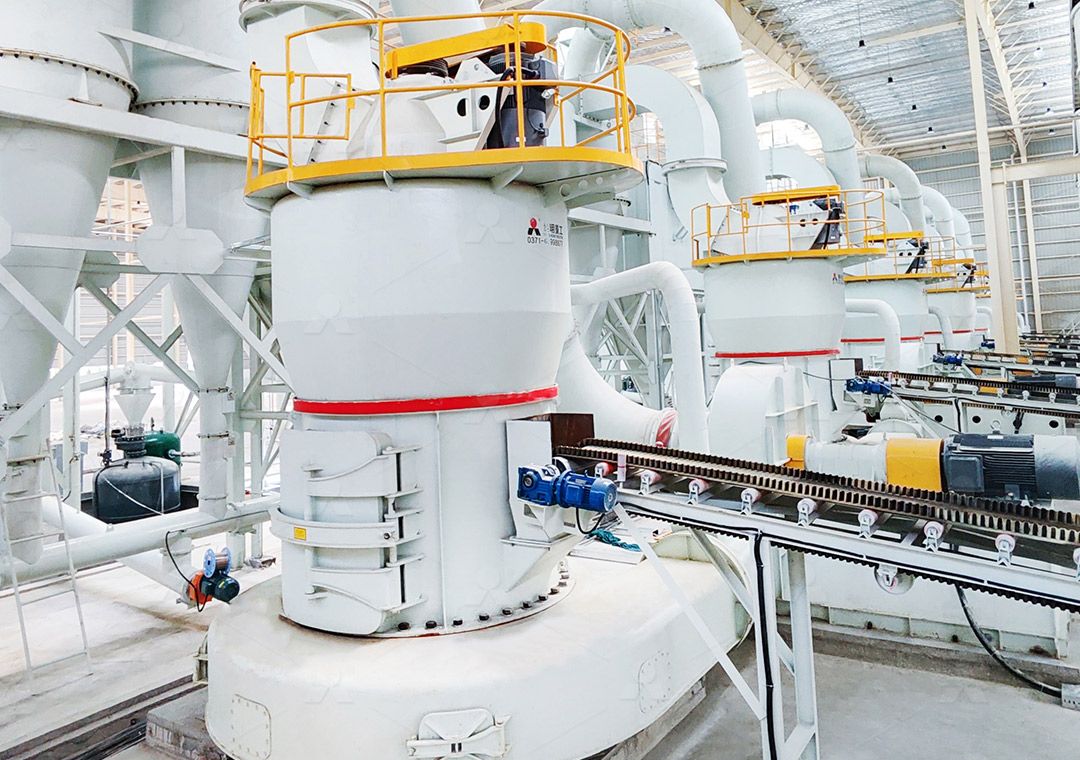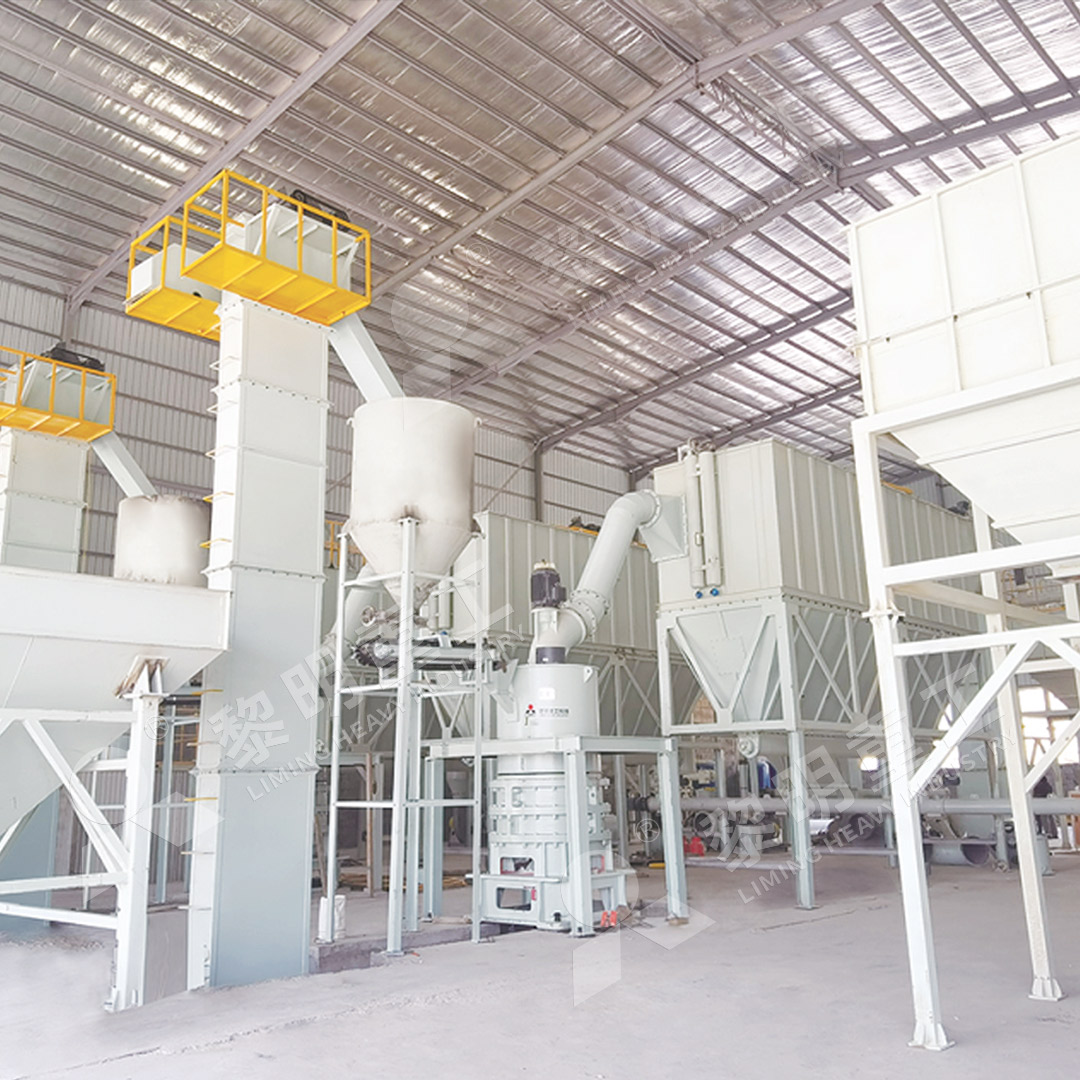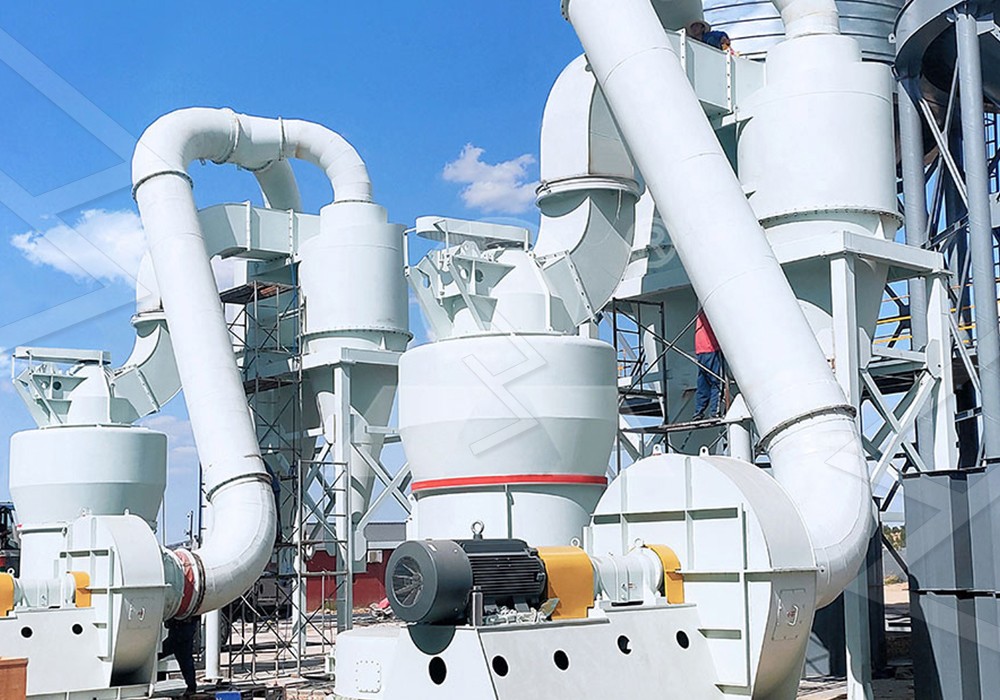Raymond Mill for Grinding Celestite Ore
We provide a wide range of mills — including Raymond mill, trapezoidal mill, vertical mill, ultrafine mill, and ball mill, obtained ISO9001 international quality certification, EU CE certification, and Customs Union CU-TR certification. Suitable for processing minerals such as limestone, phosphate, quicklime, kaolin, talc, barite, bentonite, calcium carbonate, dolomite, coal, gypsum, clay, carbon black, slag, cement raw materials, cement clinker, and more.
The discharge range of these mills can be adjusted to meet specific processing needs, typically from 80-400 mesh, 600-3250 mesh, and can achieve the finest particle size of up to 6000 mesh(D50).
If you are looking for a reliable grinding solution to turn stone or minerals into fine powder, please feel free to contact our online customer service.
Raymond Mill for Grinding Celestite Ore: A Comprehensive Guide
Celestite ore, primarily composed of strontium sulfate (SrSO₄), presents unique challenges in mineral processing due to its moderate hardness and specific industrial requirements for particle size distribution. For decades, Raymond Mill technology has served as the backbone of celestite processing operations worldwide, offering reliable performance for medium-fine powder production.
The distinctive blue crystalline structure of celestite demands careful handling during comminution to preserve chemical purity while achieving the target fineness for various industrial applications. Traditional grinding approaches often struggle to balance production efficiency with product quality maintenance.

Technical Considerations for Celestite Grinding
When processing celestite ore, several factors must be carefully considered. The material’s Mohs hardness of 3-3.5 places it in the moderate category, but its tendency toward cleavage requires specific grinding approaches. The optimal particle size distribution for most industrial applications ranges between 200-800 mesh, with particular emphasis on consistent granularity.
Moisture content represents another critical parameter. Raw celestite typically contains 2-8% moisture, which must be managed effectively during grinding to prevent clogging and maintain operational efficiency. The grinding system must accommodate this moisture range without compromising performance.
Advanced Solutions for Modern Requirements
While traditional Raymond Mills have served the industry well, evolving market demands for higher efficiency and finer products have driven technological innovation. For operations requiring ultra-fine celestite powder with superior particle size distribution, our MW Ultrafine Grinding Mill represents a significant advancement.
This sophisticated equipment operates with an input size of 0-20 mm and capacity ranging from 0.5-25 tph, making it ideal for various production scales. The MW series incorporates German cage-type powder selector technology, enabling precise fineness adjustment between 325-2500 meshes. This capability proves particularly valuable for celestite applications requiring strict particle size control.

Operational Advantages for Celestite Processing
The MW Ultrafine Grinding Mill demonstrates remarkable efficiency gains compared to conventional systems. Production capacity increases by approximately 40% over jet grinding mills and doubles the output of ball grinding mills while consuming only 30% of the energy required by jet milling systems. This energy efficiency translates directly to reduced operating costs for celestite processing facilities.
Equipment reliability represents another crucial consideration. The innovative design eliminates rolling bearings and screws within the grinding chamber, addressing common failure points in traditional mills. External lubrication capability enables continuous 24-hour operation, critical for maintaining production schedules in demanding industrial environments.
Environmental and Quality Considerations
Modern mineral processing must address environmental concerns without compromising productivity. The integrated pulse dust collector ensures dust-free operation throughout the milling system, while configured silencers and noise elimination measures maintain workplace comfort and regulatory compliance.
For operations requiring vertical grinding solutions, our LUM Ultrafine Vertical Grinding Mill offers complementary capabilities with input size of 0-10 mm and capacity of 5-18 tph. Its unique roller shell and lining plate grinding curve design promotes efficient material layer formation, enhancing finished product whiteness and cleanliness—particularly important for premium-grade celestite applications.

Practical Implementation Strategies
Successful celestite grinding operations begin with proper feed preparation. Pre-crushing to appropriate dimensions ensures optimal mill performance and wear distribution. Regular monitoring of grinding parameters allows operators to maintain peak efficiency while adjusting for variations in raw material characteristics.
Maintenance planning should incorporate the comprehensive spare parts support available for both MW and LUM series mills. This proactive approach minimizes downtime and ensures consistent product quality throughout the equipment lifecycle.
Frequently Asked Questions
What is the optimal feed size for celestite grinding?
For MW Ultrafine Grinding Mill, the optimal input size is 0-20 mm, while LUM Ultrafine Vertical Grinding Mill handles 0-10 mm material. Proper pre-crushing ensures maximum grinding efficiency.
How does the MW series achieve higher energy efficiency?
The MW mill incorporates newly designed grinding curves and advanced powder selection technology, reducing system energy consumption to just 30% of conventional jet mills while increasing output.
What fineness range can be achieved with modern grinding systems?
Advanced systems like the MW Ultrafine Grinding Mill can produce powder between 325-2500 meshes, with screening rates achieving d97≤5μm in a single pass.
How do these systems address environmental concerns?
Integrated pulse dust collectors, silencers, and negative pressure operation ensure dust-free, low-noise performance that meets stringent environmental standards.
What maintenance advantages do these mills offer?
The absence of rolling bearings and screws in the grinding chamber eliminates common failure points, while external lubrication enables maintenance without production stoppages.
